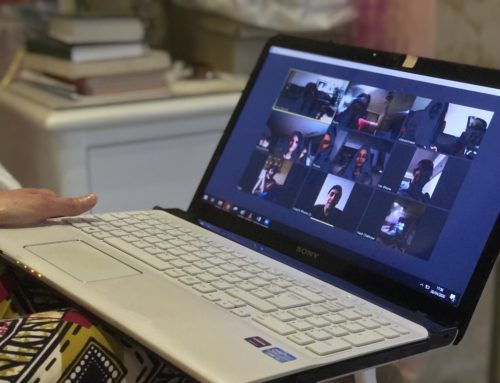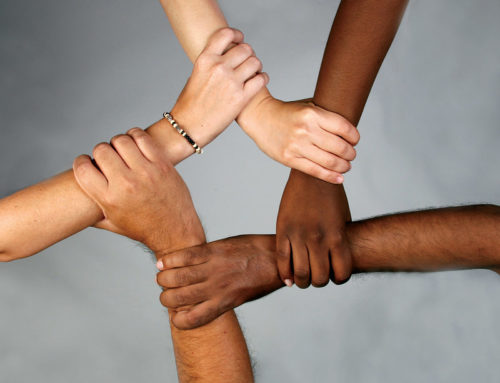
A participant in our Communications Director Mentoring Program recently did a great presentation on how her organization does media relations year-round. She used some of the typical PR jargon to describe the work. That’s when I realized that some other participants who didn’t have PR experience were learning some of these media relations terms right there on the spot.
So, let’s go over the 10 PR and media relations terms you might hear thrown around a lot in our sector.
Presser
The word presser is simply shorthand for a press conference.
Deskside
A deskside is a meeting at — you guessed it — someone’s desk (although they often happen in conference rooms or even at Starbucks). They are ideally in person, but not always, post-covid. They are typically more informal conversations between journalists or editors and organizational leaders. Background information, trends and other updates, and possible story angles can all be discussed during deskside conversations.
They are meant to be more relationship-building conversations than pitching any particular story. They are sometimes considered “off the record” or not quotable, but not always. Desksides are a great way to build up your reputation as a trusted source.
Agency of Record, Firm of Record
This is typically used to describe an exclusive relationship between a PR consulting agency and an organization. The organization works exclusively with its agency of record on PR tasks, and that agency typically doesn’t work with competitors of that organization. Agencies of record can also be the single agency allowed to purchase and manage advertising on behalf of a client.
Agencies of record are often empowered to speak on behalf of the organization to the media, with the same spokesperson authority as if they were staff.
Hyperlocal
Hyperlocal news refers to a news organization covering a relatively small geographic area, like a specific town, neighborhood, or zip code. When every little town had its own newspaper, that was hyperlocal news coverage, although we rarely used that term. When much larger media conglomerates bought up many smaller newspapers and broadcast stations, those media outlets would then share primarily wire stories from the Associate Press, for example, or recycle coverage created at larger news organizations within the conglomerate. The news was no longer truly local.
Hyperlocal refers to the renewed interest in rebuilding local independent news sources that cover local news only and where local journalists are accountable to their local communities.
Background
On background and off-the-record are often used interchangeably, even though they have different meanings. Off the record means that the reporter is not supposed to use the material and is certainly not supposed to credit that information back to the source. The information is supposed to remain between the reporter and the source. On background usually means that the reporter can use the material as long as they don’t attribute it to the source.
It’s essential that you, as a source, and the reporter agree to both the definition and the terms. If you don’t both explicitly agree, then it’s on the record — they can use anything you say and attribute it to you.
B-Roll
B-Roll is background or supplementary video footage often used to fill in a broadcast story. It can provide context and atmosphere, be used for filler and transitions, and is often spoken over by the broadcast reporter or anchor. Your nonprofit can create b-roll and make it available to news organizations to supplement what they record on their own.
For example, say you want to use some of the children in one of your programs in your media relations work, but you want to do that in a controlled way, rather than letting a camera crew into a classroom. You could go through your own permission process with the children’s parents and record the classroom activities yourself, ensuring that the children are portrayed appropriately.
You would then provide that to a media outlet as b-roll and they could record an interview with your executive director themselves and edit the material together to create the final story.
The same applies to events where a media outlet can’t send a camera to cover it live. You may be able to provide your own video recording for them to use.
Earned Media
Earned media is media coverage that you get through your media relations efforts. Another party, like a newspaper, mentions your program or event because you created a good pitch and interview — in other words, you “earned” it. Earned media differs from paid media, like advertising that you buy, and owned media that you control, like your website.
PR versus Media Relations
PR or public relations can refer to all activities related to promotions or publicity. Media relations is a subset of PR specifically related to working with the news media. These terms are often used interchangeably in the nonprofit sector.
SME
SME stands for Subject Matter Expert and is the person the news media often prefers to talk to because they are usually an authority or have a lot of experience with a particular topic. This contrasts with talking with the communications staffer or executive director, who may be spokespersons but not SMEs.
I hope this helps clear up any confusion you might have!
Here are some other good sources for PR and media relations vocabulary:





